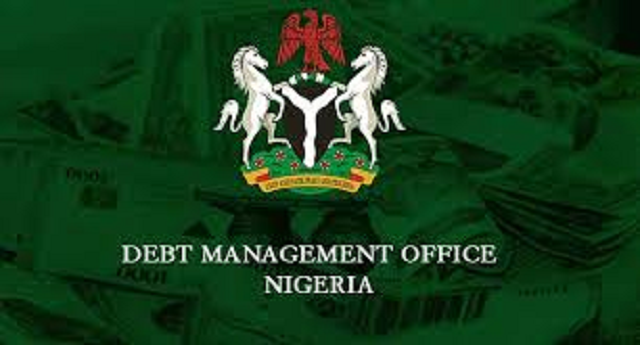Investors upped their wagers on Nigerian OMO bills in the secondary market when Naira interest rates rose. Traders, on the other hand, highlighted that purchasing momentum on Treasury bills had lessened due to shifting market dynamics as investors continued to optimize their portfolios.
Inflation is likely to fall further, and Nigeria’s government is aiming for robust economic growth, with a GDP target of $1 trillion.
In general, the financial markets have become quite appealing to moneybags, or high-net-worth individuals, who are interested in debt securities due to their high yield.
Meanwhile, trading activities in the Treasury bills secondary market was quiet as the average yield closed flat at 21.9%. There was little buying interest in the 25-Sep-2025 paper, although sellers offered the 27-Mar-2025 bill.
In a note, Cordros Capital Limited reported that across the curve, the average yield on Treasury bills papers declined at the short (-3 bps) and long (-4 bps) ends of the curves.
The yield contraction was attributed to demand for the 73-day to maturity bills which shed -4bps. Investors also took position in 339-day to maturity, with yield dipping by -4bps.
Fixed interest securities analysts said in their separate notes that average yield increased at the mid (+9 bps) segment due to selloffs of the 178-day to maturity (+89 bps) bill.
Elsewhere, the average yield declined by 5 bps to 23.6% in the OMO segment due to increased demand for the papers.














